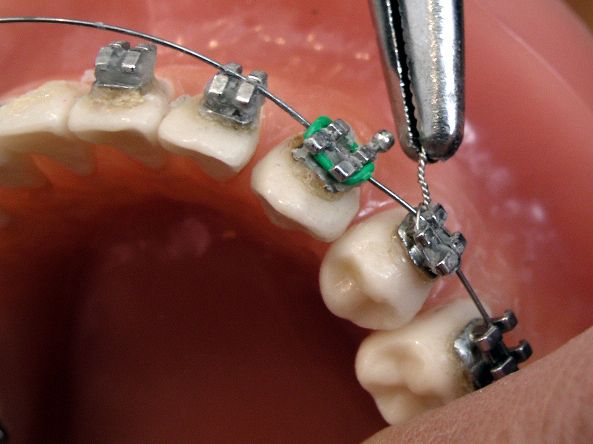7 Facts About Orthodontics

Whether you call the process “braces,” “orthodontics,” or simply straightening your teeth, these 7 facts about orthodontics – the very first recognized specialty within the dental profession – may surprise you.
1. The word “orthodontics” is of Greek origin.
“Ortho” means straight or correct. “Don’t” (not to be confused with “don’t”) means tooth. Put it all together and “orthodontics” means straight teeth.
2. People have had crooked teeth for eons.
Crooked teeth have been around since the time of Neanderthal man. Archaeologists have found Egyptian mummies with crude metal bands wrapped around teeth. Hippocrates wrote about “irregularities” of the teeth around 400 BCE* – he meant misaligned teeth and jaws.
About 2,100 years later, a French dentist named Pierre Fauchard wrote about an orthodontic appliance in his 1728 landmark book on dentistry, The Surgeon Dentist: A Treatise on the Teeth. He described the bandeau, a piece of horseshoe-shaped precious metal which was literally tied to teeth to align them.*
3. Orthodontics became the first dental specialty in 1900.
Edward H. Angle founded the specialty. He was the first orthodontist: the first member of the dental profession to limit his practice to orthodontics only – moving teeth and aligning jaws. Angle established what is now the American Association of Orthodontists, which admits only orthodontists as members.
4. Gold was the metal of choice for braces circa 1900.
Gold is malleable, so it was easy to shape it into an orthodontic appliance. Because gold is malleable, it stretches easily. Consequently, patients had to see their orthodontist frequently for adjustments that kept treatment on track.
5. Teeth move in response to pressure over time.
Some pressure is beneficial, however, some is harmful. Actions like thumb-sucking or swallowing in an abnormal way generate damaging pressure. Teeth can be pushed out of place; bone can be distorted.
Orthodontists use appliances like braces or aligners to apply a constant, gentle pressure on teeth to guide them into their ideal positions.
6. Teeth can move because bone breaks down and rebuilds.
Cells called “osteoclasts” break down bone. “Osteoblast” cells rebuild bone. The process is called “bone remodeling.” A balanced diet helps support bone remodeling. Feed your bones!
7. Orthodontic treatment is a professional service.
It’s not a commodity or a product. The type of “appliance” used to move teeth is nothing more than a tool in the hands of the expert. Each tool has its uses, but not every tool is right for every job. A saw and a paring knife both cut, but you wouldn’t use a saw to slice an apple. (We hope not, anyway!)


Recent Comments